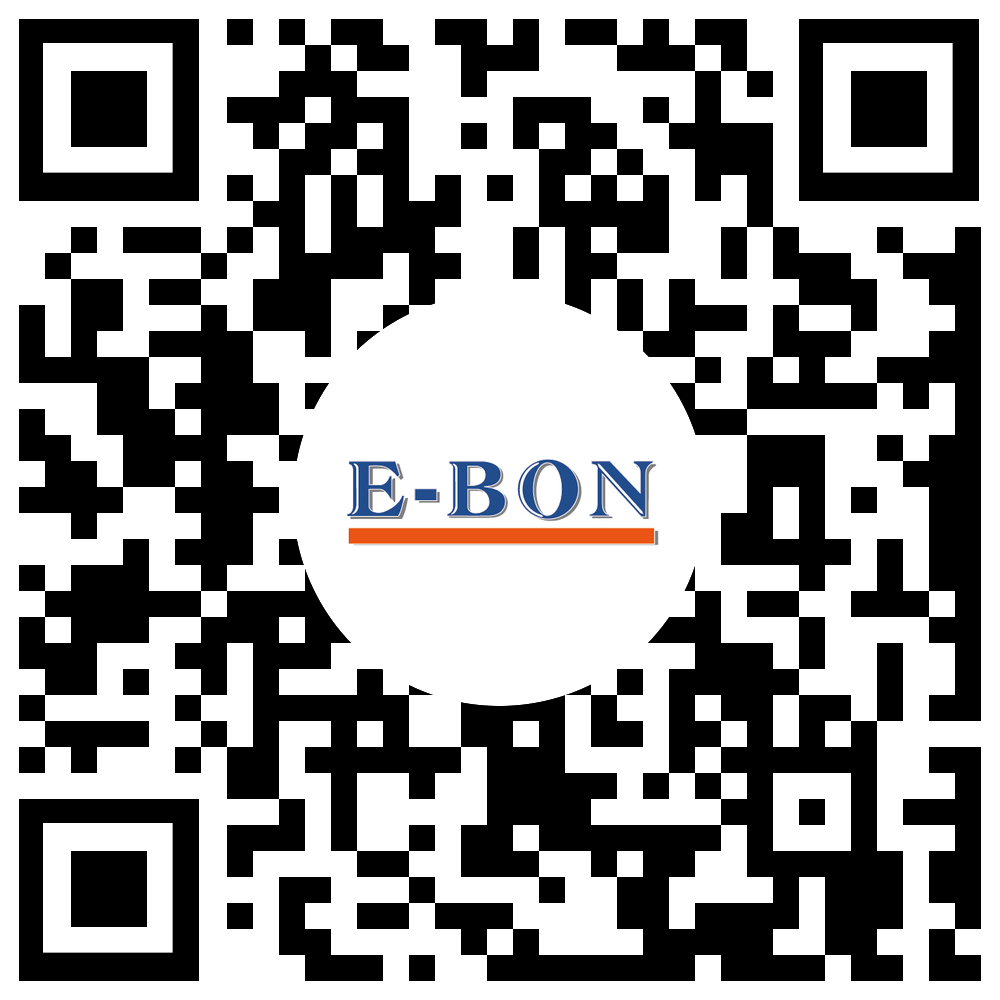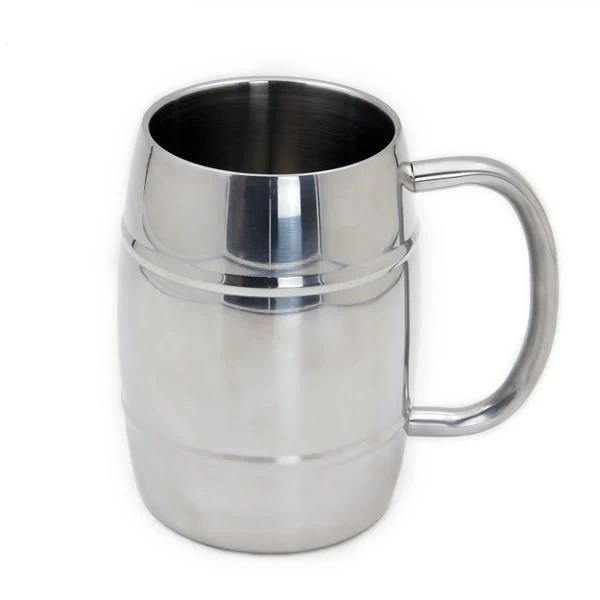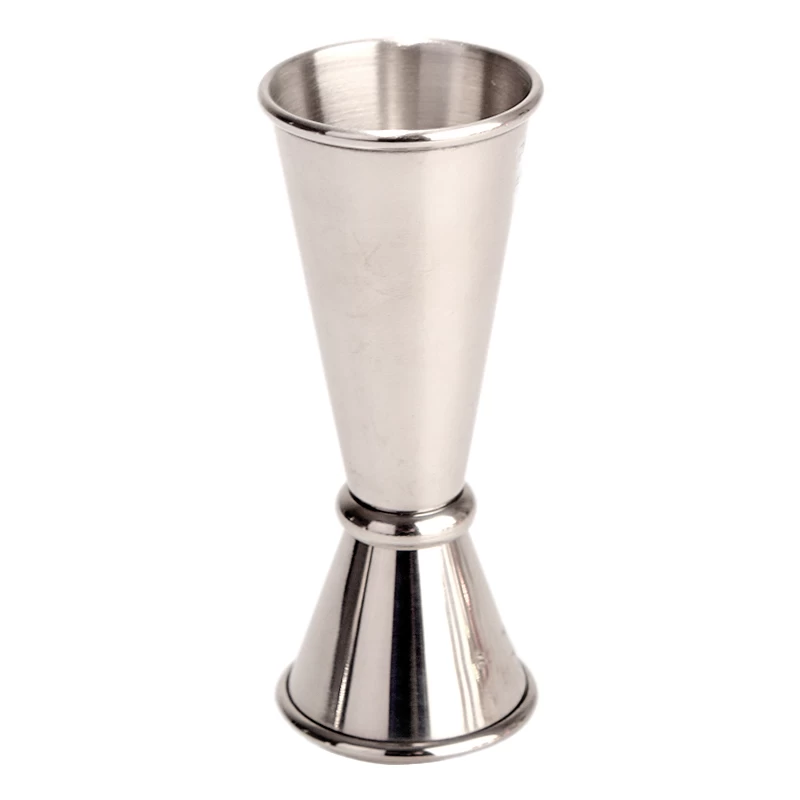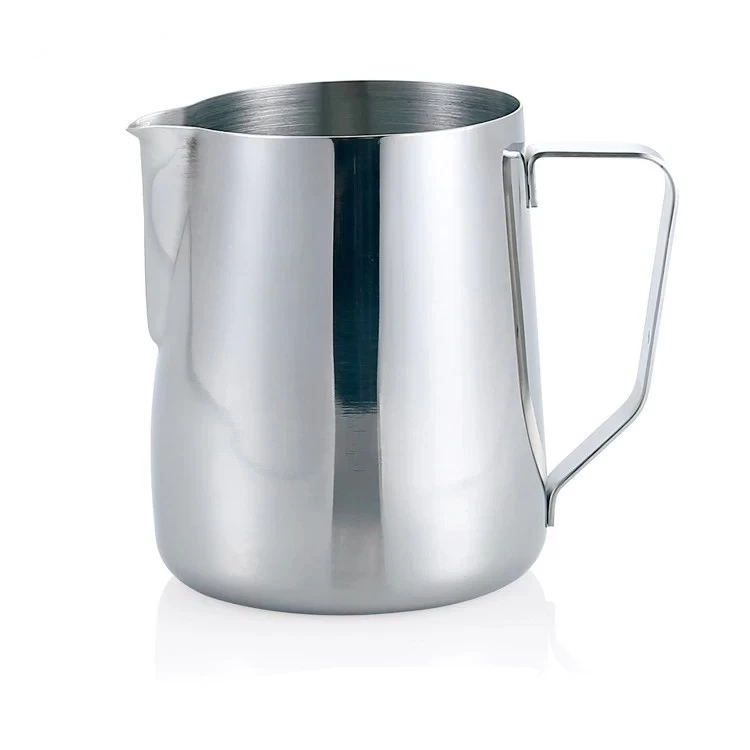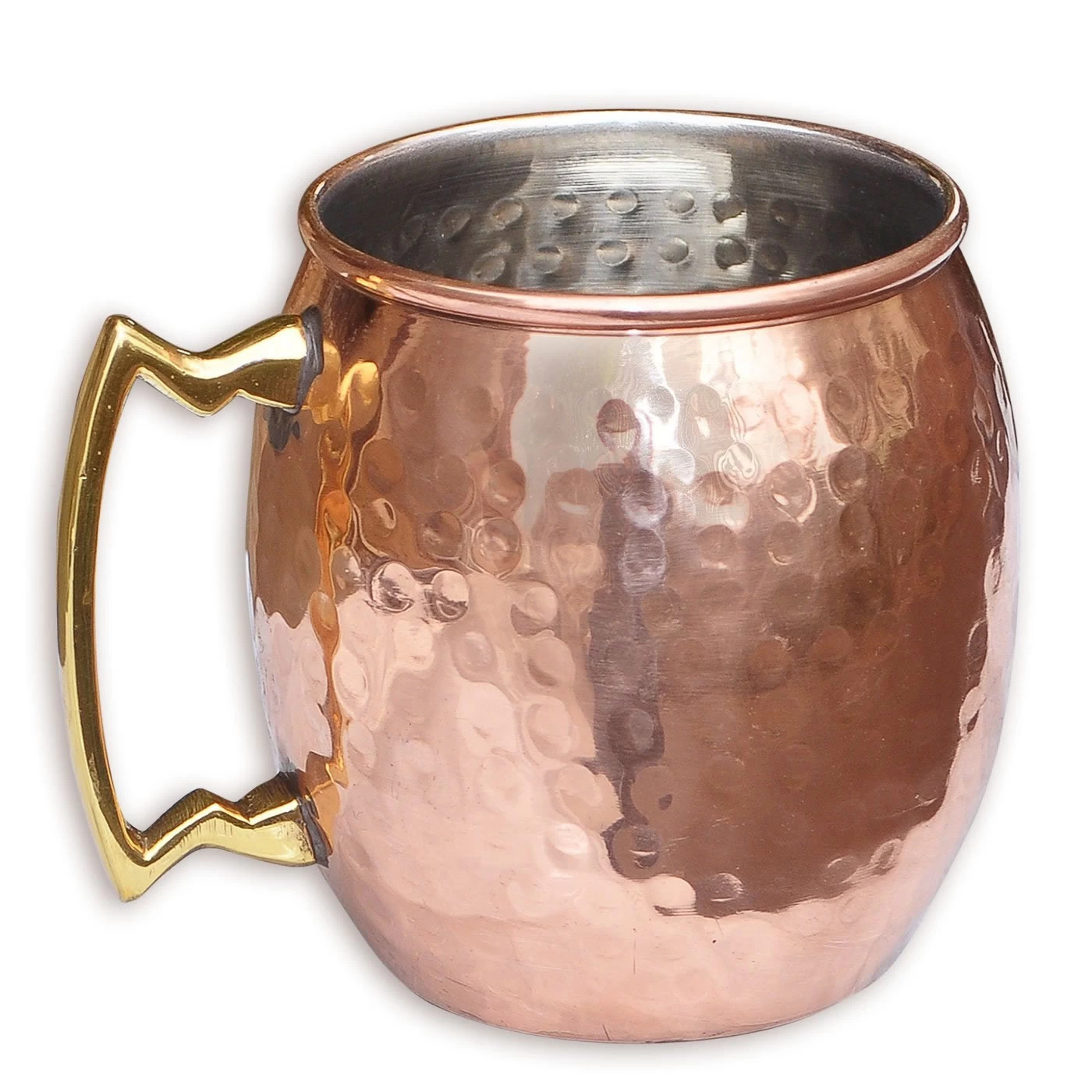How Alibaba draws everyone in?----Talk about China from a foreigners
Alibaba started dominating in China, simply enough, by connecting big Chinese manufacturers with big buyers across the world. Its business-to-business site, Alibaba.com, went public in 2007 (before going private again seven years later) to great fanfare. The site allowed business to buy everything from Chinese-made mopeds to blue jeans in bulk.
Alibaba’s original business-to-business model now is secondary to consumer buying. Chinese retail buying generates 80% of Alibaba’s revenue, and leading that group is Taobao, a sort of advanced eBay, with 800 million items for sale and the most bizarre selection of things you’ll ever find. (You could buy Harvard email addresses for $390, a boyfriend for $130 a day, and industrial 3M ear plugs for quiet studying for 30 cents.) TMall.com is Alibaba’s other big site, where you can find brand name goods from Nike and Unilever near the lowest prices, similar to Amazon.com
What I have a hard time explaining to friends and family back in the U.S. is how China has leapfrogged traditional shopping—big-box retailers especially–in favor of online purchases on Taobao and a few other sites. In smaller towns than Beijing, where big retailers have not yet traveled, shopping online is shopping, and shopping is Taobao.
Amazon’s ease of use might promote binge-buying, but it’s got nothing on Taobao, which is just as easy to use (granted you read Mandarin, or have friends who do), usually includes free shipping, and includes candid reviews of a product’s quality.
The list of some of my recent purchases on Taobao for a sense of how extensive the marketplace is. Almost everything arrived a day or two after ordering with free shipping. I’m not even a big buyer, because I need friends to help me navigate the Chinese-language site. When I was searching my purchase history on my Chinese teacher’s iPad, who helps me buy stuff, I waded through about 10 of her purchases for every one of mine.






